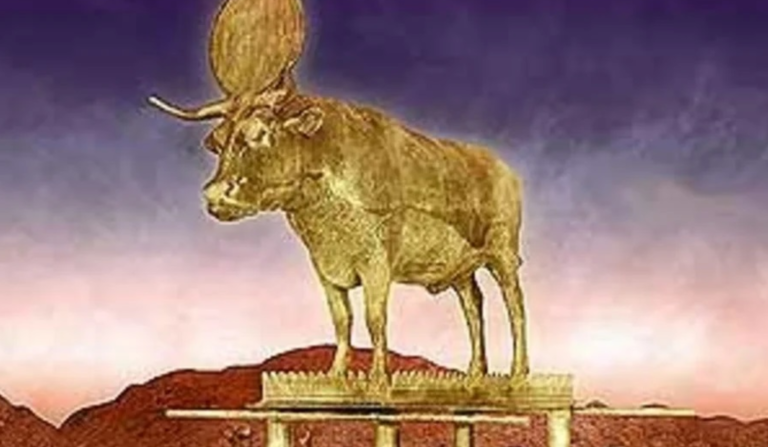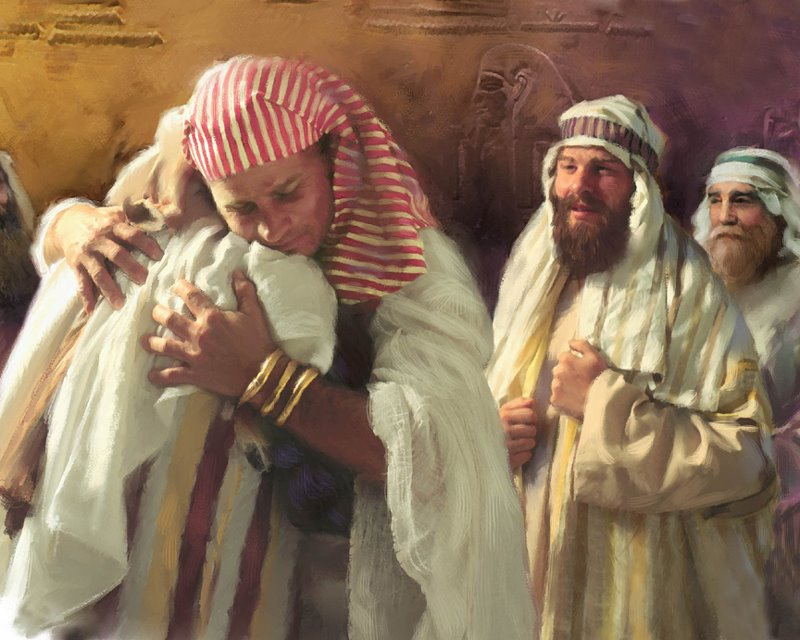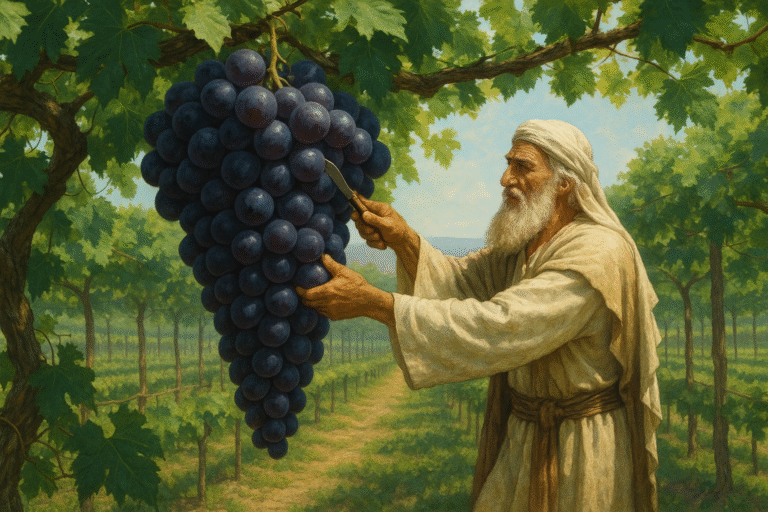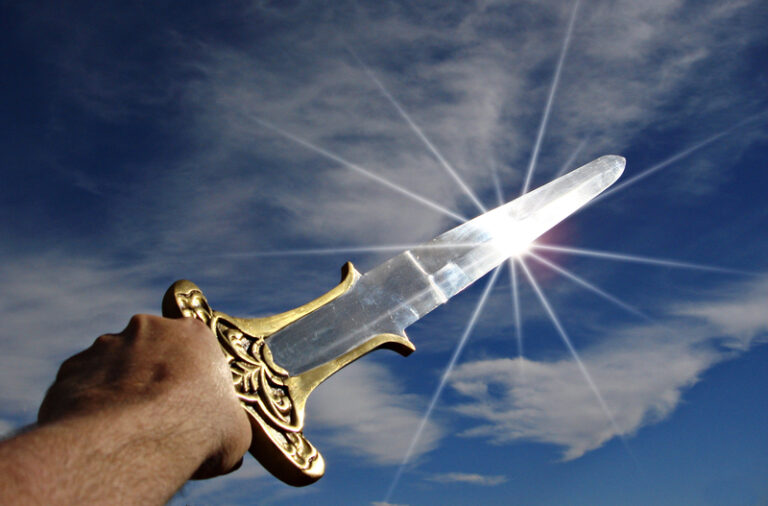Purification from the Filth of the Snake

In the early days of the automobile, if someone wanted to start his engine, he inserted the hand crank and turned it forcefully. Although he probably did not understand what was actually going on under the hood when he turned the crank, i.e. he did not understand the physical mechanism that connected his action in turning the crank to the initial roaring of the engine, it didn’t matter so much to him. What mattered on the practical level was that the turning of the crank worked. The car engine started and he was able to get into the driver’s seat and set out on his journey. The actual mechanism remained a mystery.
It is known that the mystery of the parah adumah was beyond the reach of even the wisdom of Shlomo ha-Melech, as he himself testified (see Niddah 9a to Kohelet 7:23): כׇּל־זֹה נִסִּיתִי בַחׇכְמָה אָמַרְתִּי אֶחְכָּמָה וְהִיא רְחוֹקָה מִמֶּנִּי (All this I tested with wisdom, I said, ‘I will become wise’, but it was far from me). Notwithstanding, our Sages of blessed memory [ח'כמינו ז'כרונם ל'ברכה, Chazal] gleaned a great deal of meaningful teaching from the Torah of the parah adumah. So what did Shlomo ha-Melech mean that it was ‘far from him’ yet Chazal expounded upon it a great deal? Like the man who turned the crank on his automobile, what eluded him was the mechanism of how it worked. He didn’t deny, G‑d forbid, what was revealed regarding the ashes of the parah adumah, i.e. that the ashes of the parah adumah could purify the impure while simultaneously making impure the one who prepared it, he just couldn’t explain the spiritual mechanism responsible for this phenomenon. Even though Shlomo ha-Melech had tremendous access to and knowledge of the upper worlds, this particular aspect of the Torah remained beyond his reach. Of course, we also do not understand the spiritual mechanism responsible for the phenomenon; nevertheless, we will attempt to walk in the footsteps of Chazal to glean important insights from this Torah.
Probably, the most important concept regarding the parah adumah is laid out in Rashi’s comment to Bamidbar 19:22. He writes that the parah adumah can be likened לְבֶן שִׁפְחָה שֶׁטִּנֵּף פָּלָטִין שֶׁל מֶלֶךְ, אָמְרוּ תָּבֹא אִמּוֹ וּתְקַנֵּחַ הַצּוֹאָה, כָּךְ תָּבֹא פָרָה וּתְכַפֵּר עַל הָעֵגֶל (to a handmaiden’s son who soiled the palace of the king. They said, ‘Let his mother come and clean up the excrement.’ Likewise, let the parah adumah come and atone for the [sin of the golden] calf [eigel]). We also learn about this connection from the gematria brought down by the Baal ha-Turim: פרה אדומה בגימטריא זה על עון עגל (The phrase ‘parah adumah’ has the same gematria, i.e. 341, as ‘this concerns the offense of the eigel’).
Clearly, b’nei Yisrael is represented by the little boy who did his business on the floor of the king’s palace. But who or what is represented by the boy’s mother?
Six main points are mentioned in the Torah regarding the parah adumah, three that specify features of the parah itself, i.e. she must be completely red, free of blemish and an animal upon which a yoke was never placed, and three that specify the items that must be thrown into the fire while her carcass is being consumed in the flames, i.e. cedar wood, hyssop and a thread of crimson. Let’s briefly examine each of these in turn.
The first requirement mentioned in Bamidbar 19:2 is that the parah must be אֲדֻמָּה תְּמִימָה (completely red). As is known, red is the color of gevurah, din, and strict judgment. It is also the color of the stain of sin (Yeshayah 1:18): אִם־יִהְיוּ חֲטָאֵיכֶם כַּשָּׁנִים כַּשֶּׁלֶג יַלְבִּינוּ אִם־יַאְדִּימוּ כַתּוֹלָע כַּצֶּמֶר יִהְיוּ (If your sins will be like crimson, they will become white like snow; if they are red like the dye from the tola worm, they will become like fleece). But how can the mother be an appropriate individual for cleaning up the mess of her son when she is also red from sin and its consequent judgment? Logic would seem to indicate that she ought to be pristine, free of sin and judgment. Perhaps an albino parah would have been a better choice. How can we resolve this apparent paradox? It is taught (Baba Metzia 58a): כל המלבין פני חבירו ברבים כאילו שופך דמים (Anyone who humiliates another in public is as if he spills blood). This explains the meaning of the completely red nature of the parah. The mother is red from her own blood, figuratively having been shed over and over again by others who repeatedly disgraced and humiliated her. The reason she is able to atone for her son is because she took upon herself the harsh judgment or din that her son earned for his disgraceful conduct.
It is also written in Bamidbar 19:2 that the parah must be an animal אֵין־בָּהּ מוּם אֲשֶׁר (that has no blemish [moom] on her). What exactly is a moom? A moom is a physical manifestation of an underlying flaw in the soul. Such ‘soul-flaws’ can be caused by one of two types of transgressions, either the failure to perform an action one is obligated to perform, i.e. a positive mitzvah such as ‘Honor your father and mother’, or the violation of a negative mitzvah such as ‘Don’t murder.’ Either one of these types of transgressions produces a moom in that part of the soul that corresponds to the physical body part that clothes it (see Tikkunei Zohar 21, p. 52b). Therefore, the reason we are commanded regarding the blemish-free status of the parah adumah is because she corresponds to complete flawlessness, i.e. the total absence of any underlying soul-flaw.
The third specification in Bamidbar 19:2 is that the parah must be an animal אֲשֶׁר לֹא־עָלָה עָלֶיהָ עֹל (that never had a yoke upon her). Everyone, without exception, bears some type of yoke, as taught in the Mishnah (Pirkei Avot 3:5): רַבִּי נְחוּנְיָא בֶּן הַקָּנָה אוֹמֵר כָּל הַמְקַבֵּל עָלָיו עֹל תּוֹרָה מַעֲבִירִין מִמֶּנּוּ עֹל מַלְכוּת וְעֹל דֶּרֶךְ אֶרֶץ וְכָל הַפּוֹרֵק מִמֶּנּוּ עֹל תּוֹרָה נוֹתְנִין עָלָיו עֹל מַלְכוּת וְעֹל דֶּרֶךְ אֶרֶץ (R' Nechunya ben Hakanah says, ‘Whoever accepts upon himself the yoke of Torah, they remove from him the yoke of government and of worldly cares, and whoever breaks off from himself the yoke of Torah, they place upon him the yoke of government and of worldly cares). One way or the other, everyone must bear a yoke. That being said, which of the two yokes was never placed on the parah adumah? We think the answer should be obvious. The yoke that the parah never bore is the yoke of government and of worldly cares. Therefore, the parah represents bearing the yoke only of Torah, the yoke of the kingship of Heaven.
Now we come to the three items that must be thrown into the fire (Bamidbar 19:6): וְלָקַח הַכֹּהֵן עֵץ אֶרֶז וְאֵזוֹב וּשְׁנִי תוֹלָעַת וְהִשְׁלִיךְ אֶל־תּוֹךְ שְׂרֵפַת הַפָּרָה (And the kohen shall take cedar wood and hyssop and a thread of crimson and throw [them] into the burning parah). Regarding the cedar and the hyssop, Rashi teaches: וְאֶרֶז הוּא הַגָּבוֹהַּ מִכָּל הָאִילָנוֹת וְאֵזוֹב נָמוּךְ מִכֻּלָּם (and the cedar is the most exalted of all the trees and the hyssop is the lowest of them all). This agrees with what we read regarding Shlomo ha-Melech (Melachim Aleph 5:13): וַיְדַבֵּר עַל־הָעֵצִים מִן־הָאֶרֶז אֲשֶׁר בַּלְּבָנוֹן וְעַד הָאֵזוֹב אֲשֶׁר יֹצֵא בַּקִּיר (And he spoke about the trees, from the cedar which is in the Lebanon to the hyssop which comes out of the wall). Of all the topics that Shlomo spoke about when people from all around the world came to hear of his great wisdom, the very first thing mentioned is that he spoke about the cedar and the hyssop! Even though the deep secrets of the parah adumah eluded him, it didn’t stop him from talking about it. And to make the connection explicit, Rashi writes that Shlomo explained the reason מָה רָאָה מְצֹרָע לִטָּהֵר בְּגָבוֹהַּ שֶׁבַּגְּבוֹהִים וּבְנָמוּךְ שֶׁבַּנְּמוּכִים (why [G‑d] saw fit to purify the metzora [the person with tza’arat] with the most exalted and with the lowest of the lows).
What is represented by the cedar? It is written in Tehillim 92:13: צַדִּיק כַּתָּמָר יִפְרָח כְּאֶרֶז בַּלְּבָנוֹן יִשְׂגֶּה (A tzaddik will flower like a palm tree, like a cedar in the Lebanon he will thrive). The parah adumah corresponds to a completely righteous individual, majestic, straight and lofty, towering like a cedar of Lebanon. This is easy enough to comprehend, but how does it make sense to compare such an individual to a hyssop plant? True greatness only exists where there is true lowliness. We have written about this before, but it is best summarized by R' Nachman in Likutei Moharan 14:5: שֶׁיְּשַׁבֵּר גַּאֲוָתוֹ מֵאַרְבַּע בְּחִינוֹת שִׁפְלוּת כִּי צָרִיךְ הָאָדָם לְהַקְטִין אֶת עַצְמוֹ לִפְנֵי גְּדוֹלִים מִמֶּנּוּ וְלִפְנֵי בְּנֵי־אָדָם כְּעֶרְכּוֹ וְלִפְנֵי קְטַנִּים מִמֶּנּוּ וְלִפְעָמִים שֶׁהוּא בְּעַצְמוֹ קָטָן שֶׁבִּקְּטַנִּים וְצָרִיךְ לְהַקְטִין אֶת עַצְמוֹ כְּנֶגֶד מַדְרֵגַת עַצְמוֹ וִידַמֶּה בְּעֵינָיו שֶׁהוּא לְמַטָּה מִמַּדְרֵגָתוֹ (A person must break his arrogance based on the four levels of lowliness [shiflut], for a person needs to diminish himself before those greater than he, and before his peers, and before those less than he, and sometimes he himself is less than even the ones less than he and then he needs to diminish himself relative to his own level and view himself as if he is on a level lower than his actual level). So the parah adumah is associated with the dual attributes of righteousness and shiflut. But what is it about the hyssop that makes it conducive for the development of shiflut? David ha-Melech prayed (Tehillim 51:9): תְּחַטְּאֵנִי בְאֵזוֹב וְאֶטְהָר תְּכַבְּסֵנִי וּמִשֶּׁלֶג אַלְבִּין (Purify me with hyssop and I shall be pure, wash me and I shall become whitened more than snow). And notice what Rashi teaches about that verse: כמו שמטהר המצורע וטמא מת (As one who purifies the metzora and from the impurity caused by contact with a corpse). He is speaking directly of the mystery of the parah adumah.
Finally, we come to the thread of crimson (sh’ni tola’at). What is this? The tola’at is the ‘crimson worm’, a type of louse that lives on a few different species of oak trees that grow in the hill country in Eretz Yisrael. People used to harvest these little animals and extract a red dye from the dried bodies of the females. Apparently, the production of this dye was still common even until the end of the 19th century at which point synthetic dyes took over the market. The significance of this ingredient is readily apparent from the words of David ha-Melech (Tehillim 22:6): וְאָנֹכִי תוֹלַעַת וְלֹא־אִישׁ חֶרְפַּת אָדָם וּבְזוּי עָם (And I am a worm [tola’at] and not a man, a disgrace of a man, and despised of the nation).
Summarizing the six attributes, we see that the parah adumah is associated with disgrace and humiliation, free of any soul-flaw, solely dedicated to the Torah and to the kingship of Heaven, a towering tzaddik, yet wholly filled with shiflut, all the while being completely despised by the nation. And it is only through this collection of attributes that the parah adumah is able to clean up the mess of her son.
Now go and read Yeshayah 52:13-53:12. You should see that the parah adumah is none other than the unique and lofty soul of the suffering servant, the soul of Mashiach ben Yosef.






